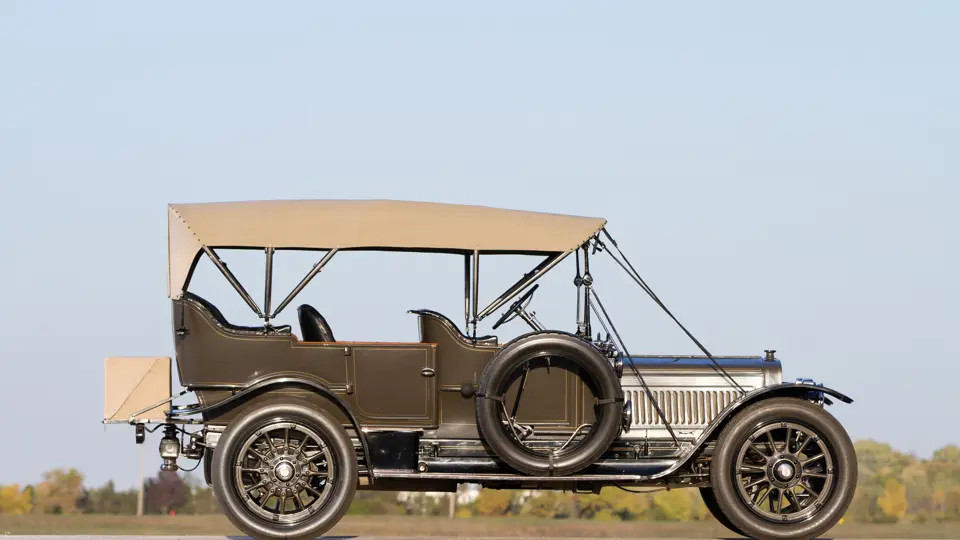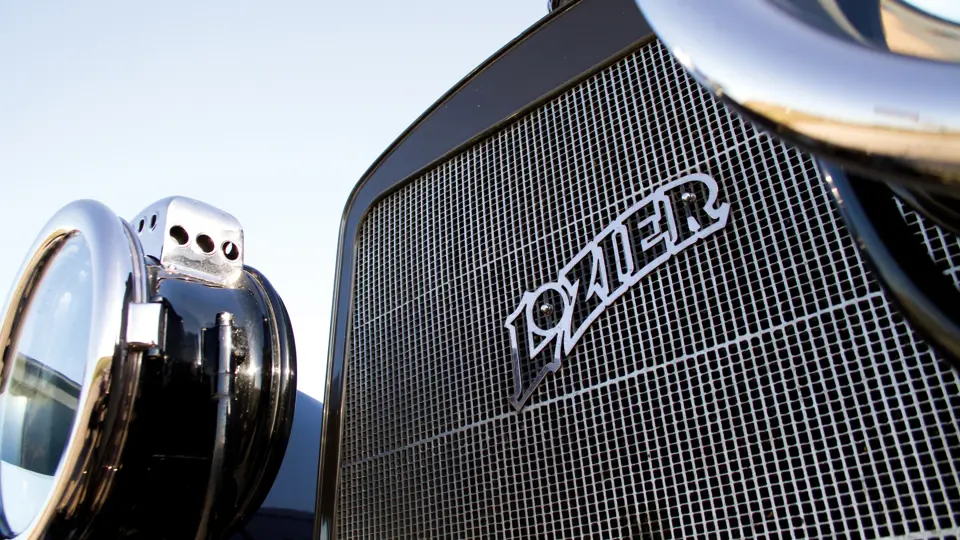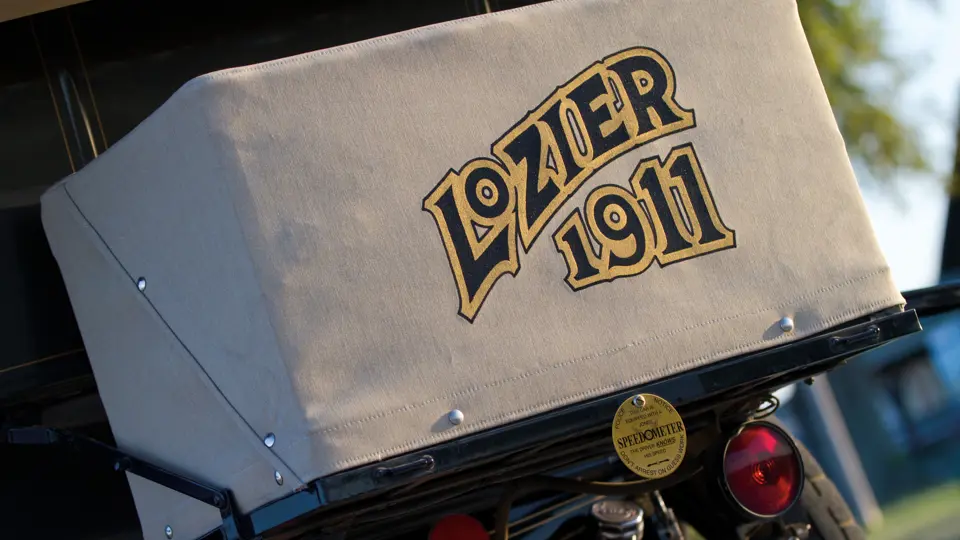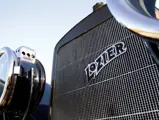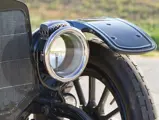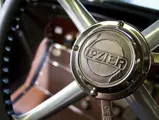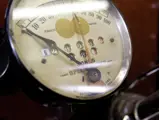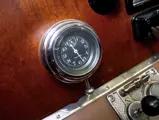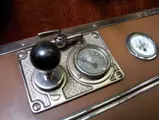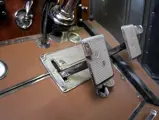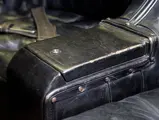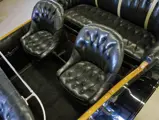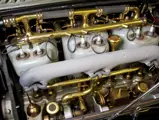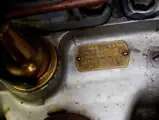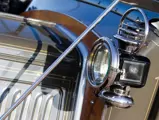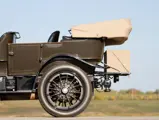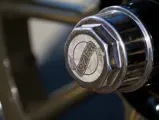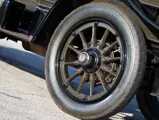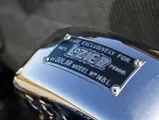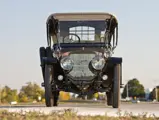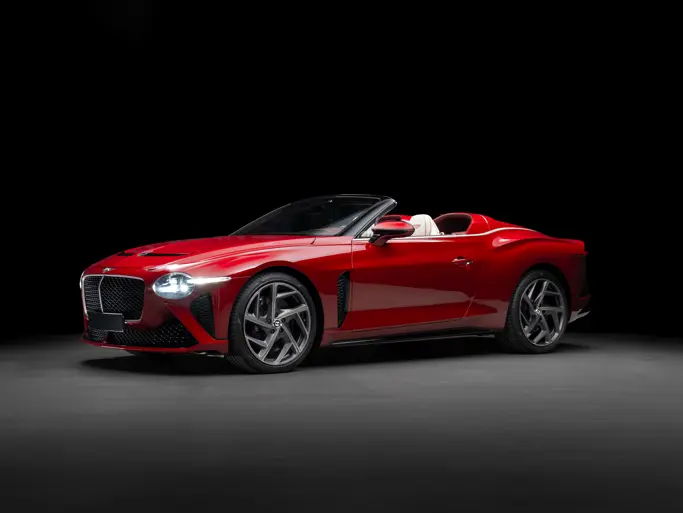51 hp, 554 cu. in. T-head six-cylinder engine with cylinders cast in pairs, four-speed manual transmission, solid front axle and three-quarter platform rear suspension, and rear two-wheel mechanical drum brakes. Wheelbase: 131 in.
From its inception in 1905 to its demise in 1918, Lozier never produced more than 600 cars in any given year. Lozier was one of the most expensive cars available in America, with the Model 51 Touring costing a staggering $5,500, against $4,200 for the top-of-the-line four-cylinder Packard Touring. Like many other firms, they were engaged in racing; In 1907, with Ralph Mulford at the helm, the marque set a number of 24-hour records and won a number of races. Lozier continued its success with Mulford, winning the Elgin Road Race in 1910, the Vanderbilt Cup in Savannah in 1911, and taking 2nd in the first Indianapolis 500. Interestingly, many at the time felt that the Lozier actually won at Indy and that the poor timing practices resulted in Ray Harroun and his Marmon Wasp taking top honors.
Billing its products as “legitimately high-priced,” Lozier offered more than mere luxury to its clients. The firm’s products were heartily engineered, resulting in stalwart construction that employed the finest materials and production techniques available, which is embodied in the example offered here. Every single piece on this car was designed or engineered, and it includes unique details, seen on the door straps, lap robe, gauges, and hardware. Inspection of mechanical components, like the crank case, cooling fan, nickel valves, and highly-advanced roller-bearing crankshaft, demonstrates the amount of thought invested in each piece, all the way down to the valve stem caps.
At a cost of $5,955, which included $75 for nickel plating and $125 for the 100 mph Jones Speedometer, Ken Pearson’s Model 51 Seven-Passenger Touring, chassis 3574, is the crown jewel of his collection. The unrestored, original car resided in the Henry Ford Museum through the 1950s and was acquired by Pearson in 1968. He embarked on a restoration so well executed and documented that it easily rivals those performed by Harrah’s legendary shops. As a tool & die maker, Pearson rebuilt all of his cars to modern tolerances, with the intention of being able to drive them cross-country and trouble-free. In this case, the result is a motor car that drives like no other from the period, and it rivals anything that came out of Europe at the time.
Finished in Olive Green with Gold pinstriping and matching 37x5 wood wheels, the quality of finish presented is not at all indicative of a four-decade-old restoration. The black leather upholstery is stuffed with horsehair, as it was originally, and it is complemented by a tan canvas top. The running boards and floorboards are covered in brown linoleum, as they were originally, and the car even comes with small accoutrements, such as a set of black leather driving gloves with the Lozier logo embossed on them.
Chassis 3574 comes with a full restoration book showing the car in various stages of disassembly and reassembly, with all pieces being refurbished to original specification, including fine details like the gun bluing applied to the smallest parts and every piece of brass being polished in preparation for the show-quality plating. Pearson amassed a massive amount of documentation and correspondence throughout the two-year process. One such letter, dated June 5, 1970, from the plater, states, “Concerning the plating I’ve been doing for you for the last year or so, this nickel, as you know, will not tarnish, and it is highly resistant. It has been used for many years on band instruments. There is no chromium in this nickel; chromium will not hold up.”
Pearson wrote an article that appeared in the November–December 1972 Antique Automobile magazine. Exhaustively detailed, it contains a number of recollections about the process. Regarding the canvas top, “A sample of this material was mailed to Haartz, Inc. c/o Mr. John Haartz, who made the material, liner, and top, which was a perfect match.” He also talks about integrity and the originality of the car, like “the blackened wood where the reinforcing body irons were fitted to the framework while they were still hot enough to burn the wood…the reinforcing irons, fender brackets, etc. all showed signs of a blacksmith type of fabrication. No two pieces were exactly alike…as they would be if they were made in dies.”
One of the Lozier manuals reportedly reads, “When you reach 70 miles per hour, you may shift into fourth gear.” In keeping with this spirit, the kickboards underneath the front seat have handwritten notes, including one in Pearson’s hand, which reads, “Fourth/1800 RPM/78 MPH.” The storage compartments are lined with cork so that the tools inside would not rattle during tours. For a car of this age, it is also important to note the originality of all the minor pieces in parts, which, while reproducible, will never be the same as the hallmarked originals. The latches on the toe boards are still serialized with their original Yale logos, and the Solar headlamps have serialized tags that read, “Made Exclusively for Lozier”; many other similar details are present throughout the car. The glass covering the face of the Waltham clock is beveled, and the fine detail on the instrumentation needs to be examined to be appreciated. For ease of use, an air starter has been installed, and it has proven to be supremely reliable over the years.
The work list and notes from the restoration is unbelievable, and it is complemented by original documentation from Lozier, including assembly and specification information and correspondence with suppliers. Other items include factory photos of cars, scenes from the Lozier factory itself at various stages of motor car assembly, drawings of the six-cylinder Lozier engine, as well as photos of the Lozier racing team in action. Original sales literature includes a Bosch magneto sales brochure and even a Lozier parts catalogue. The file further includes correspondence between Pearson and racing driver Ralph Mulford!
The result of Pearson’s efforts was recognized with an AACA National First Prize in 1970. Amazingly, the Lozier participated in 77 tours and meets between June 1970 and May 1988! Tens of thousands of miles were added to the odometer, and in spite of this use, the car remains exceptional today. The documentation also contains information pertaining to a 50th Wedding Anniversary Tour in 1991, honoring Louise and Ken Pearson. With exceptional provenance, quality, and documentation, all prospective buyers are strongly encouraged to contact an RM specialist for further information and to request viewing of the complete files the come with this fine Brass Era machine, “the quality car for quality people.”




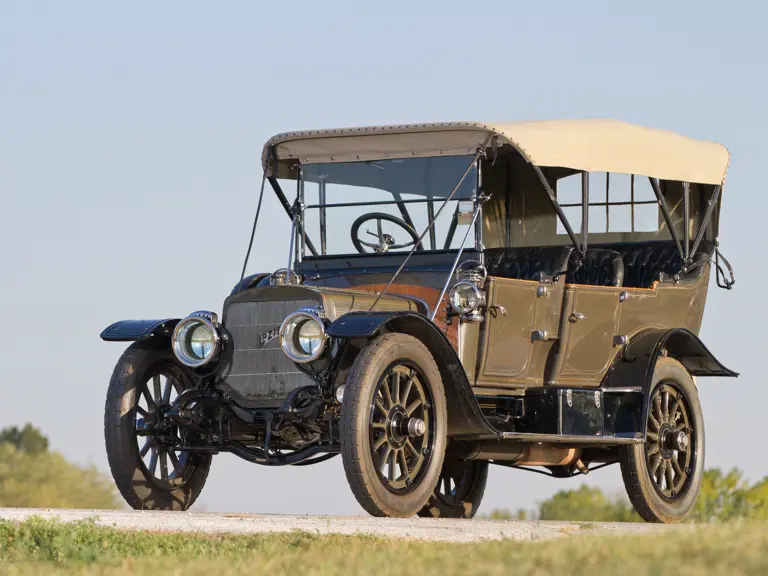
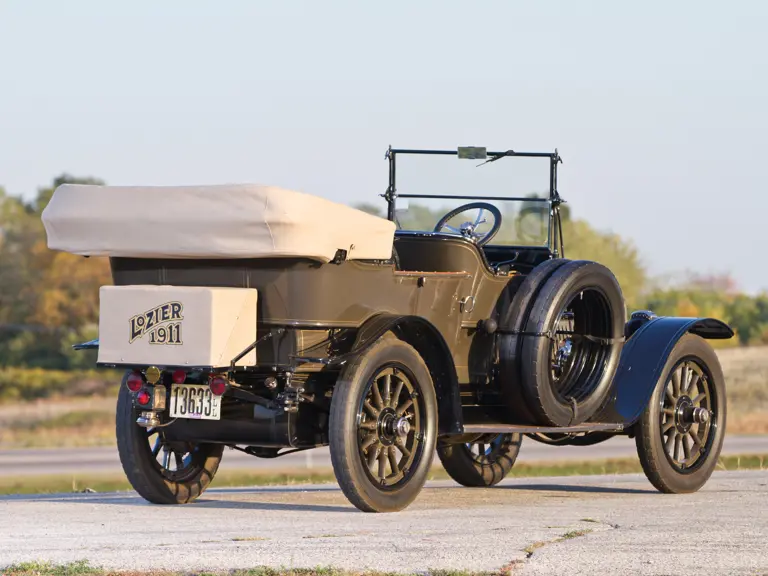
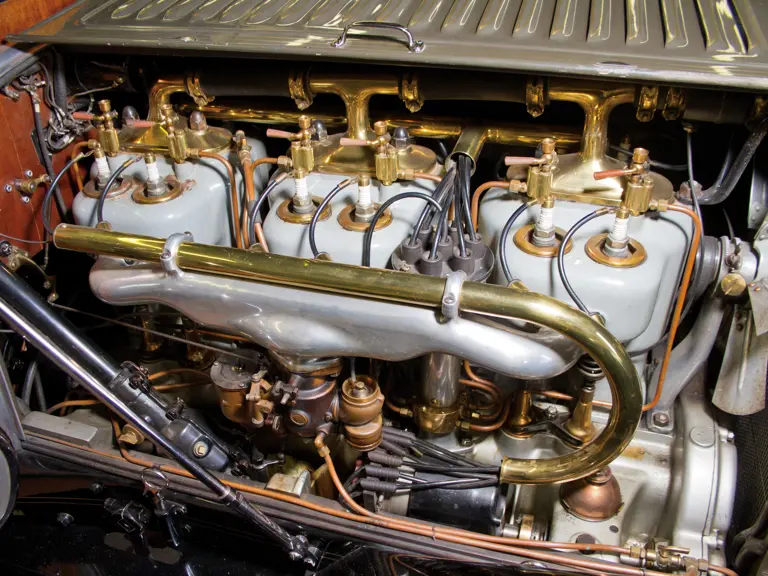
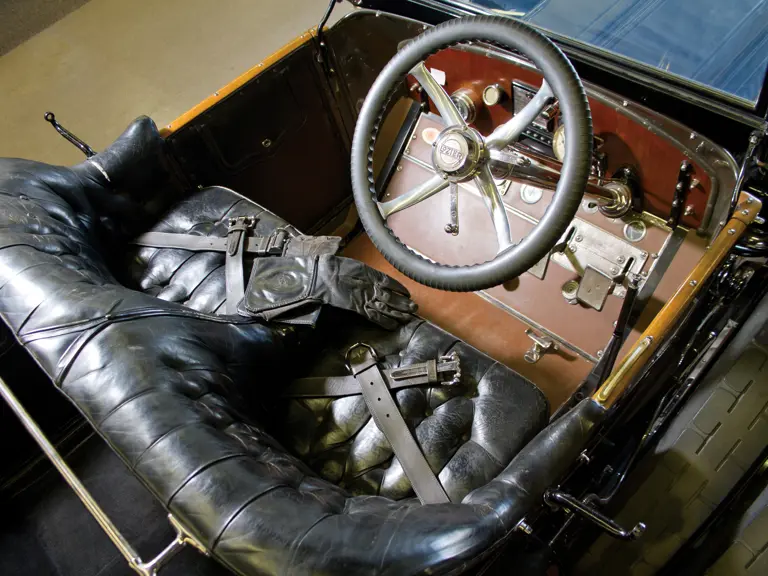
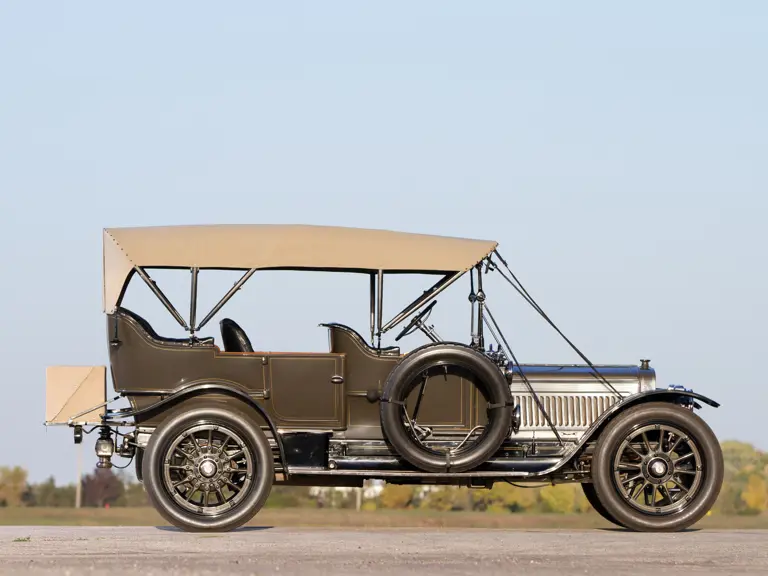
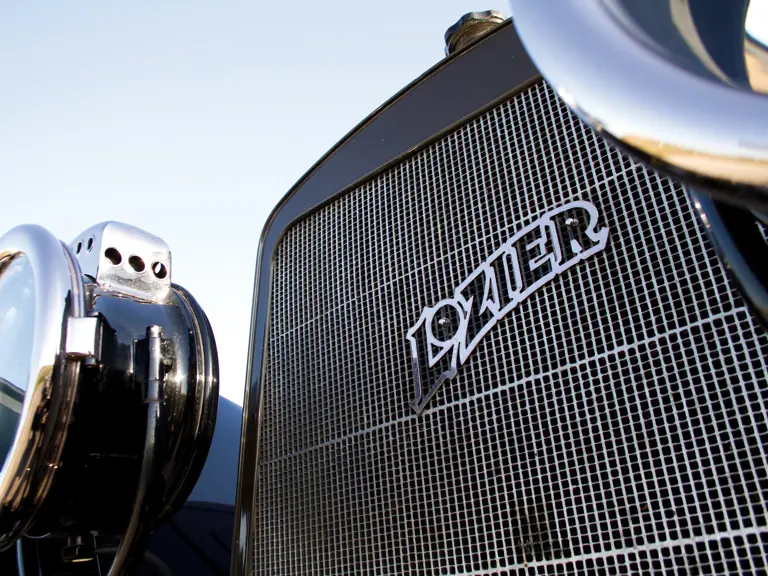
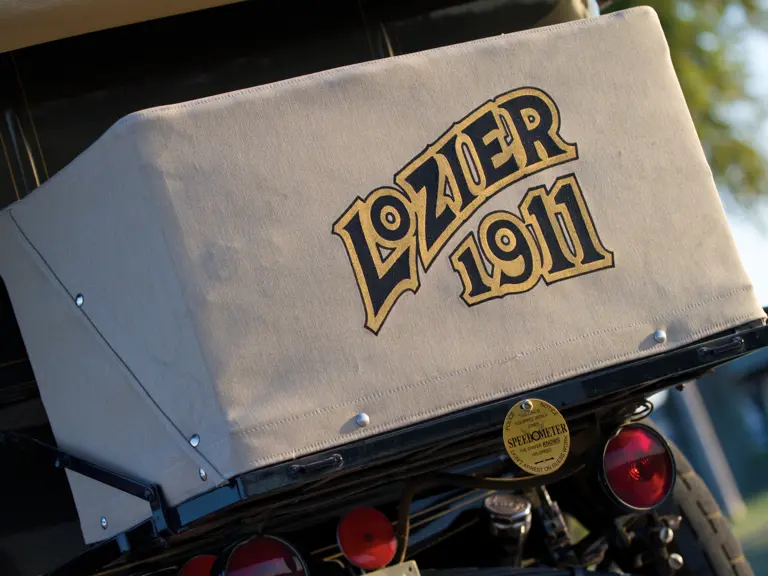

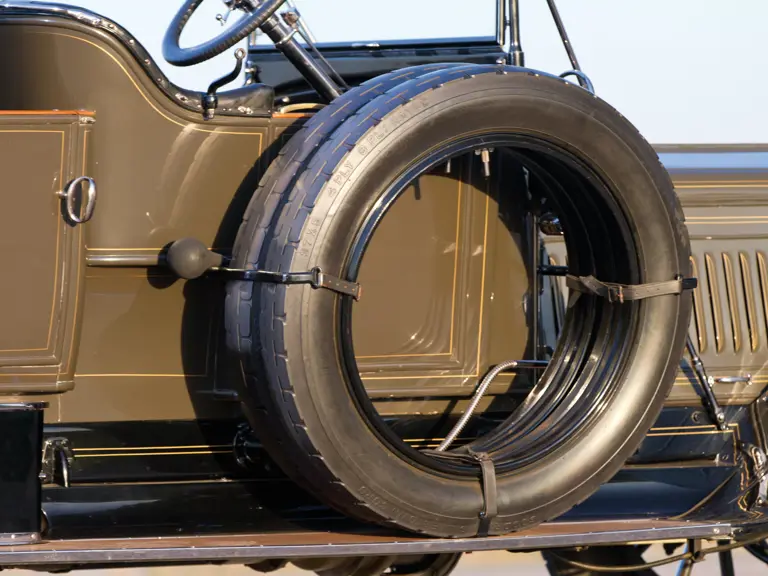


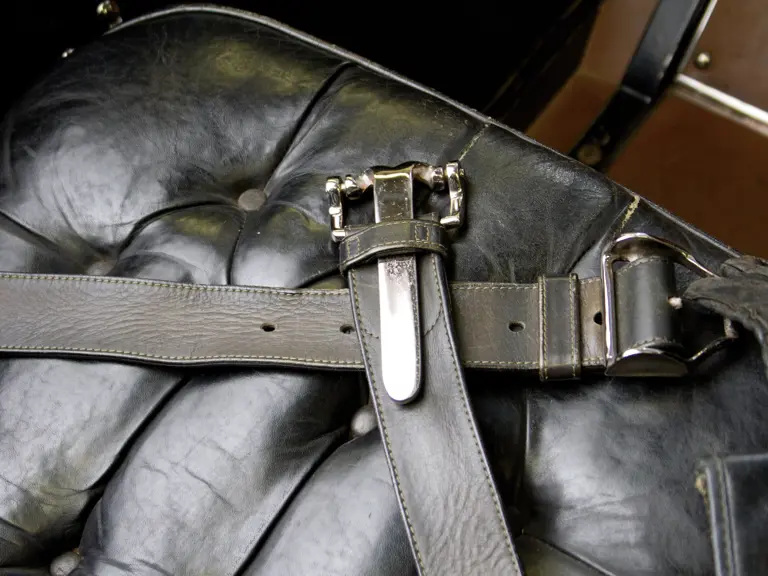
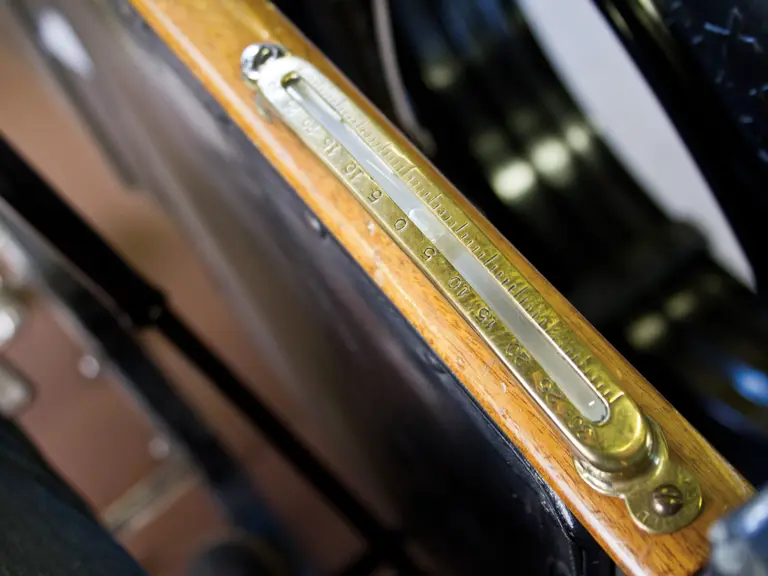
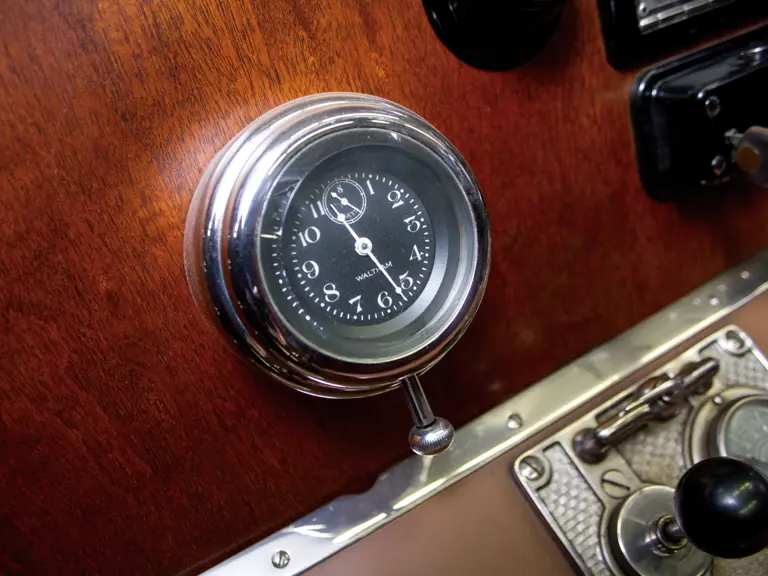
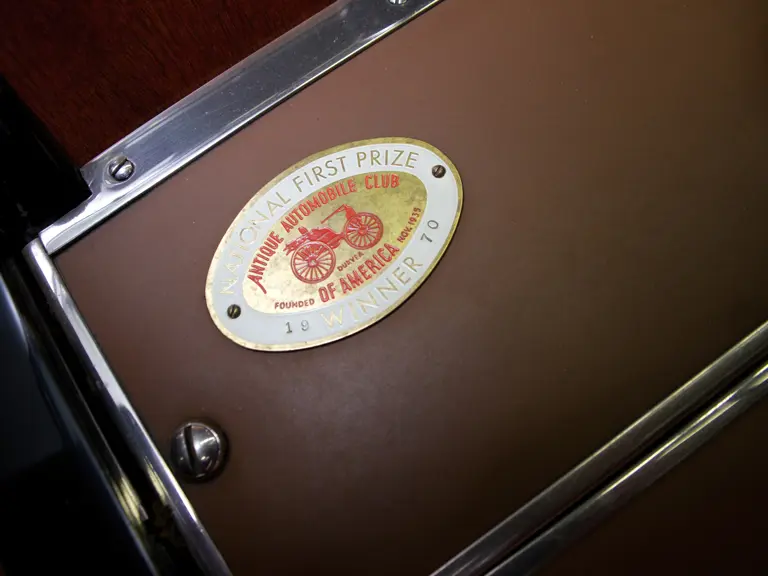

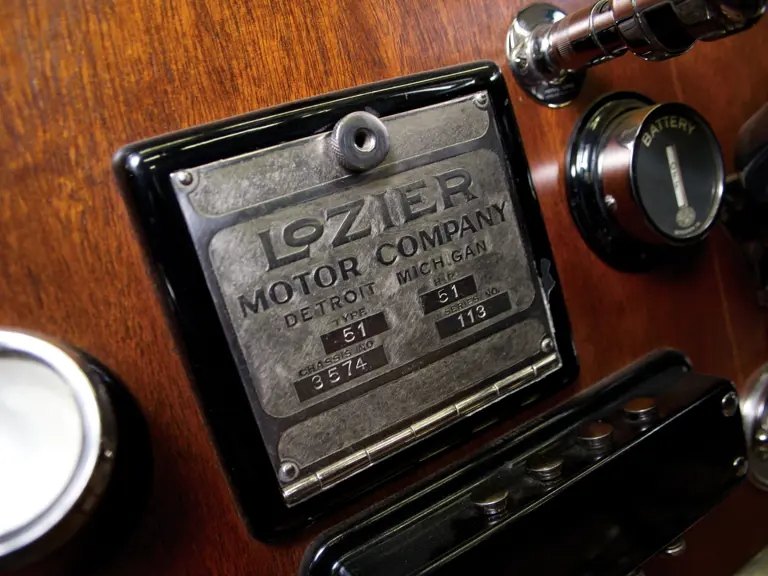
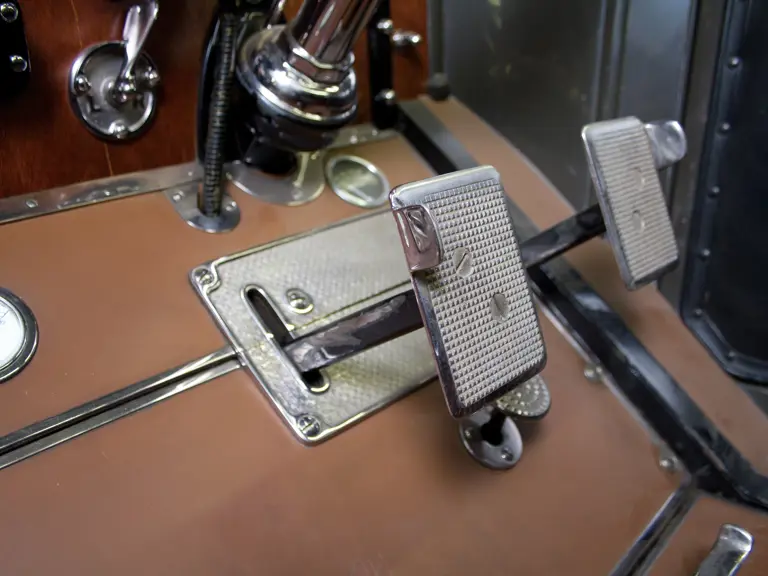
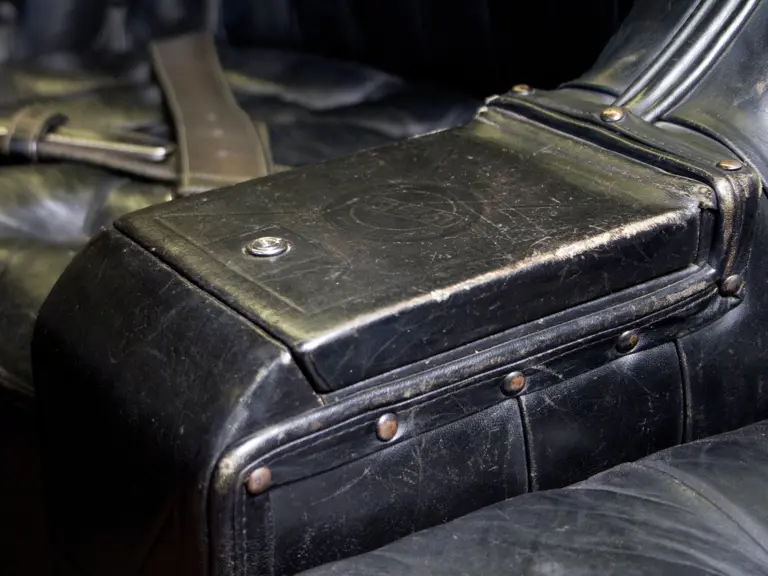
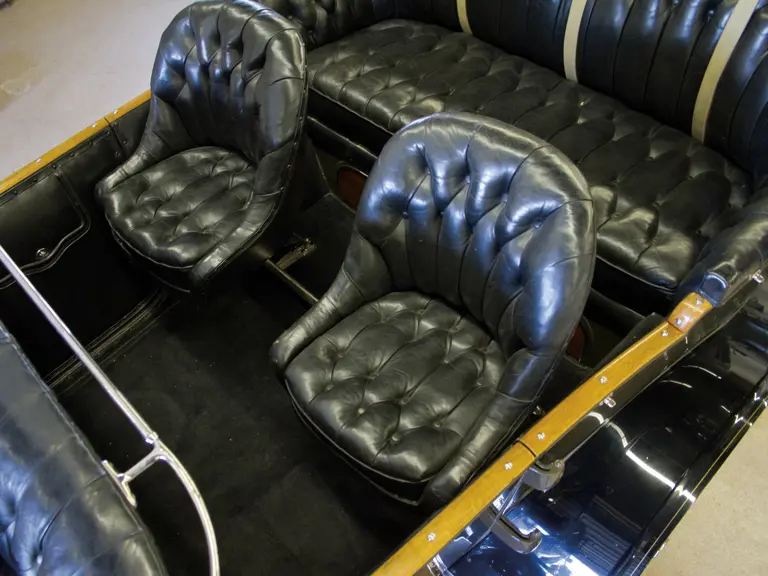
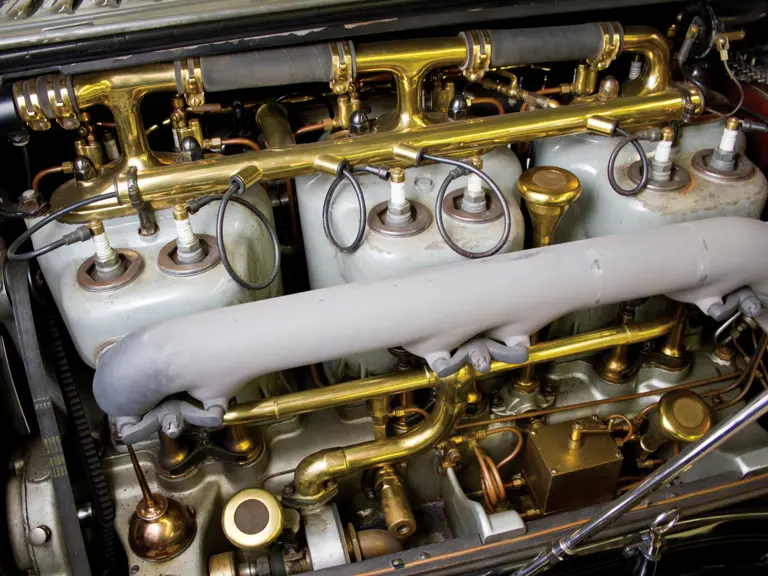
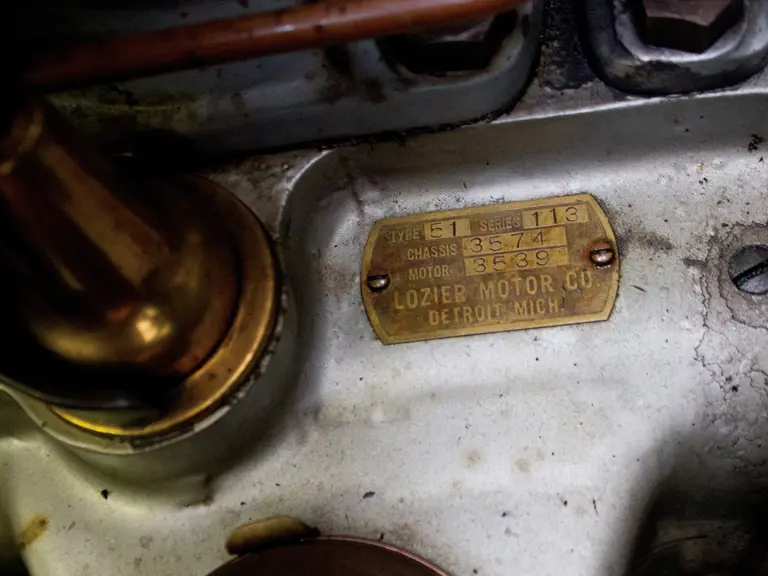
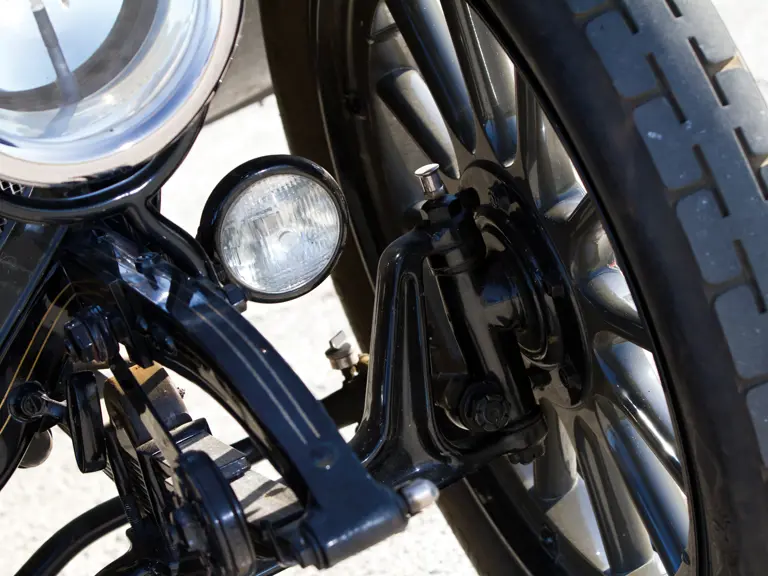
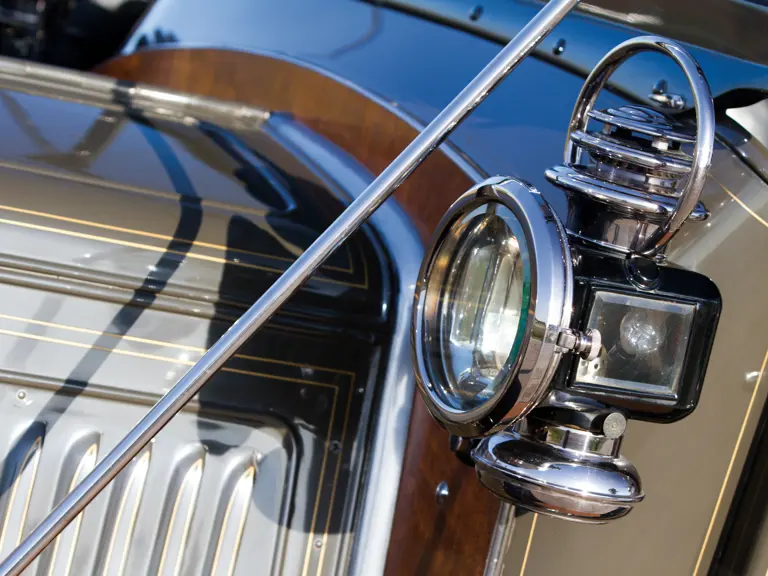

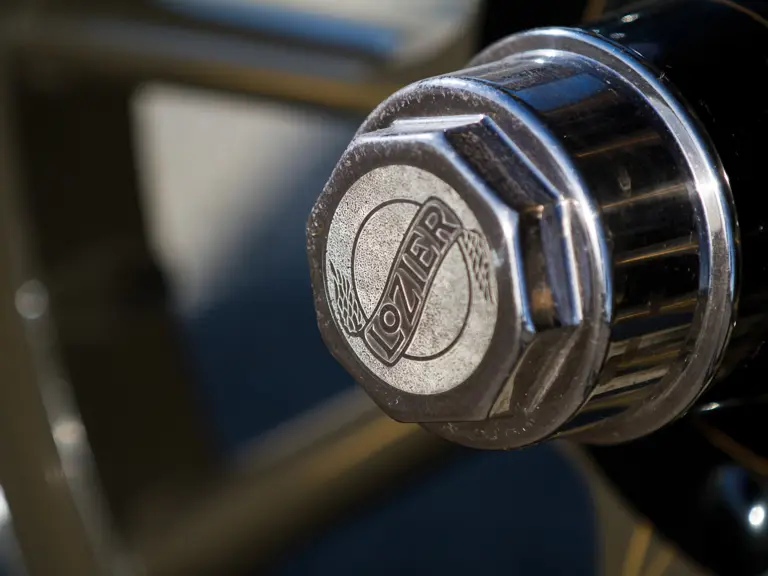

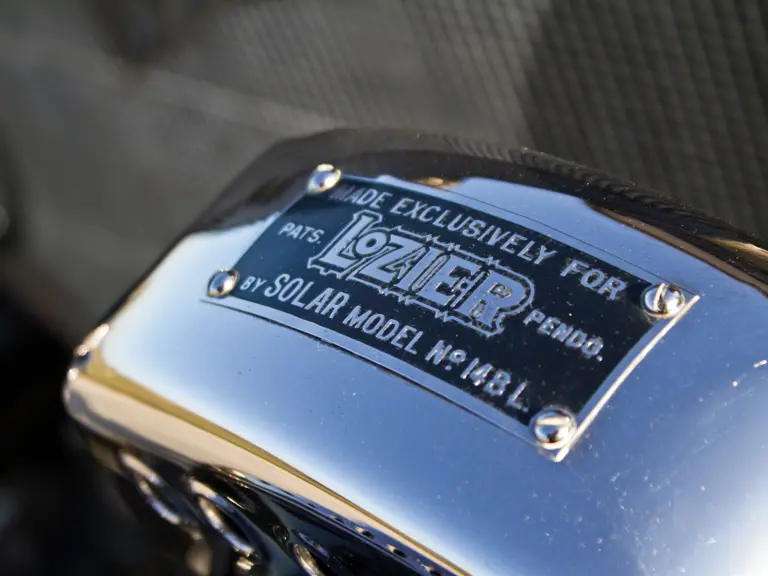
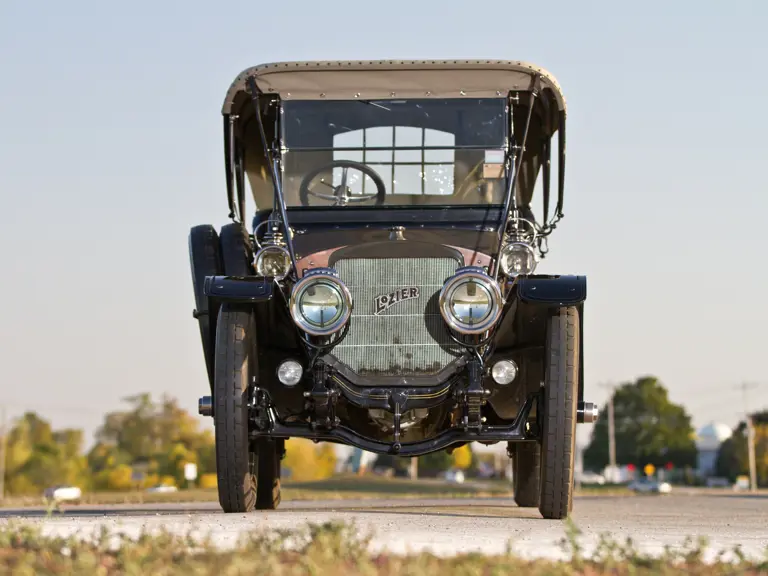
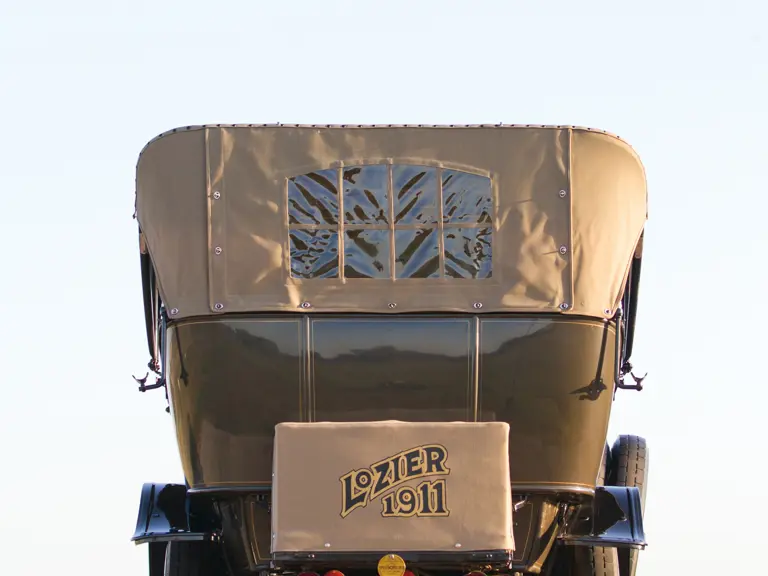
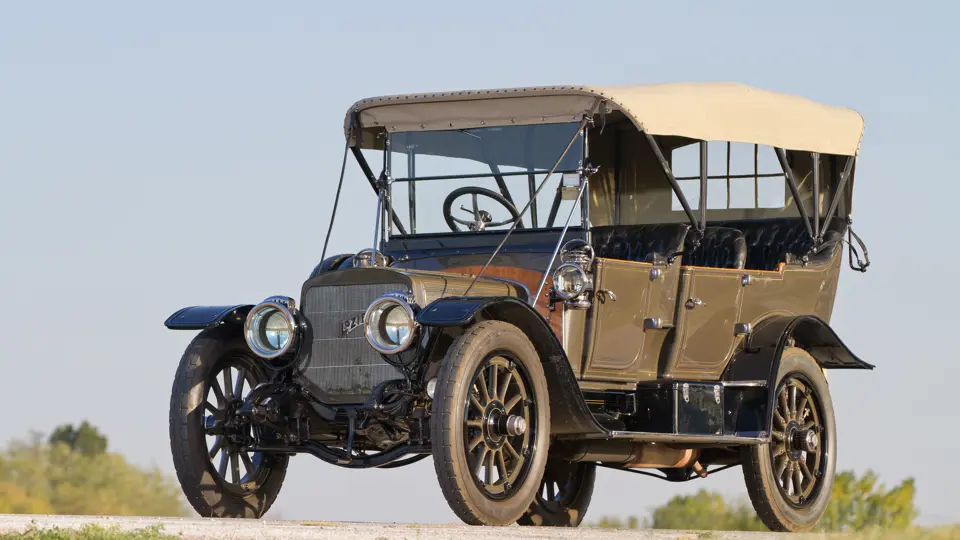
 | Amelia Island, Florida
| Amelia Island, Florida
